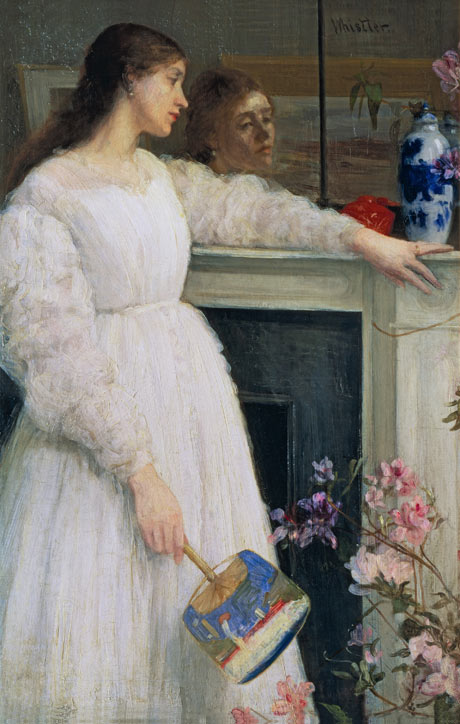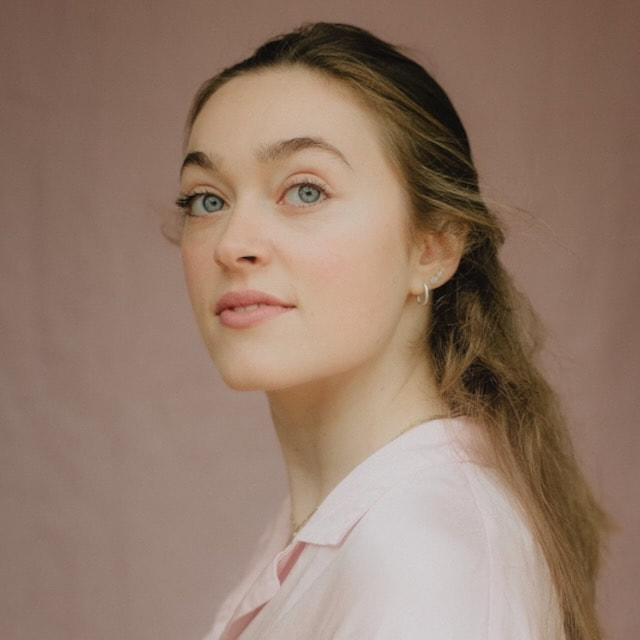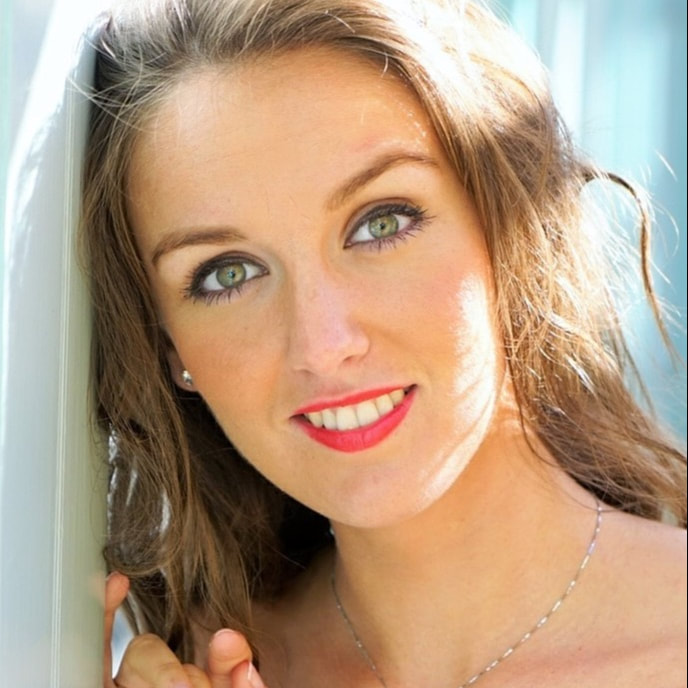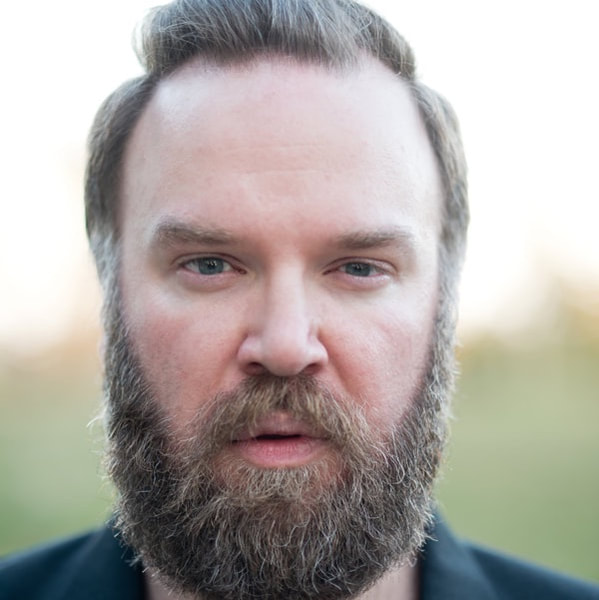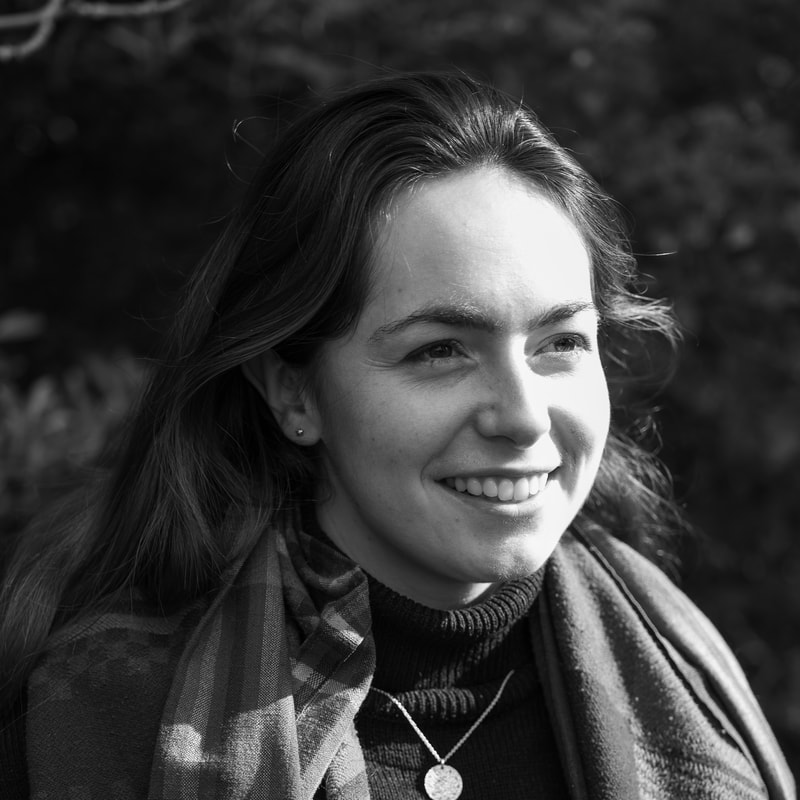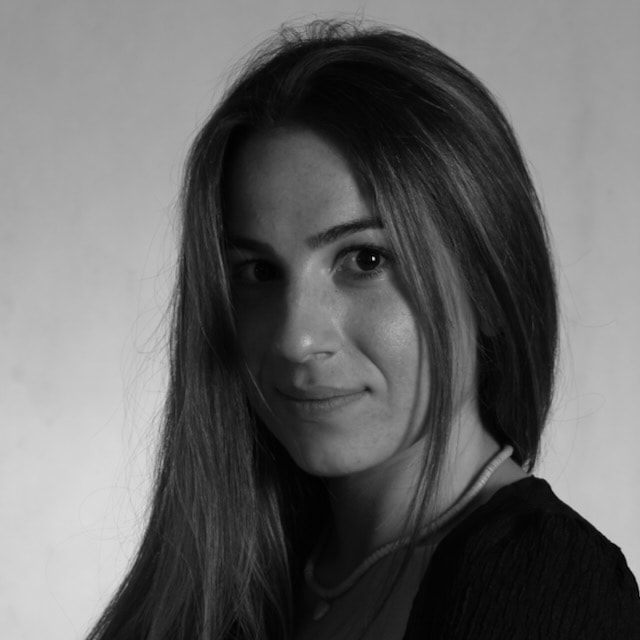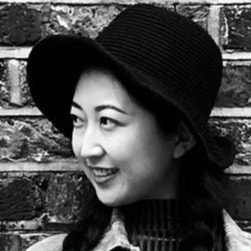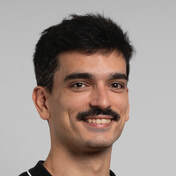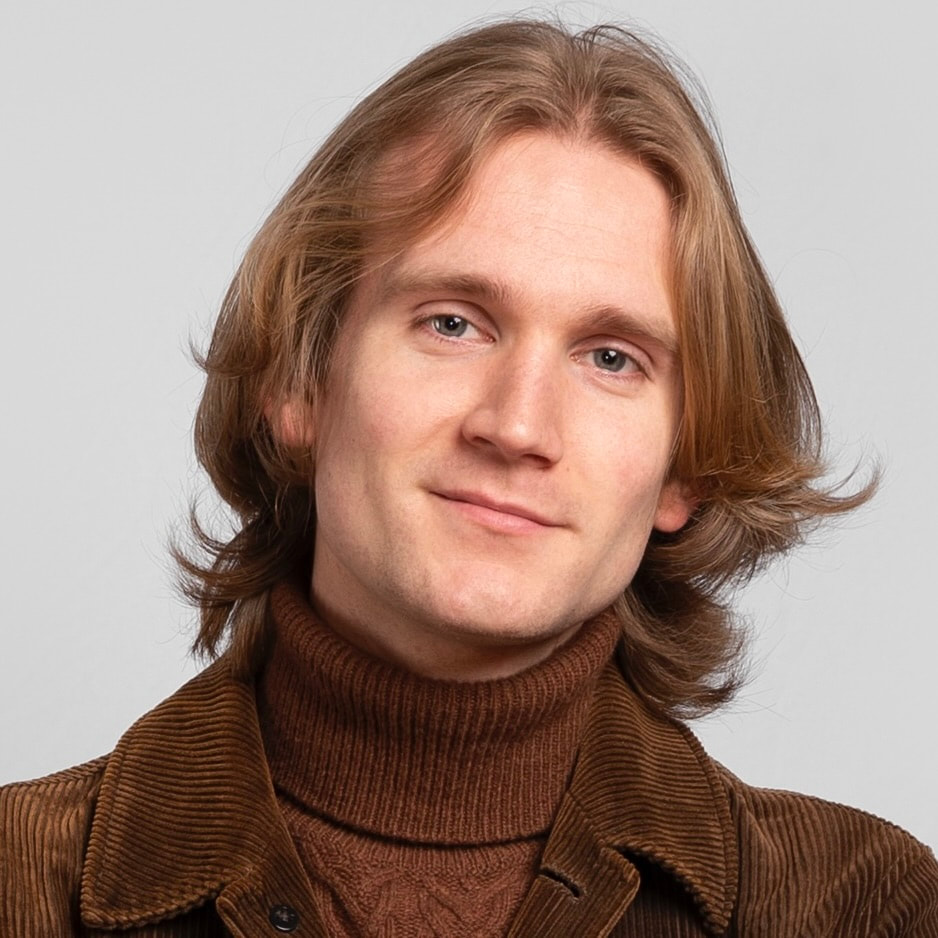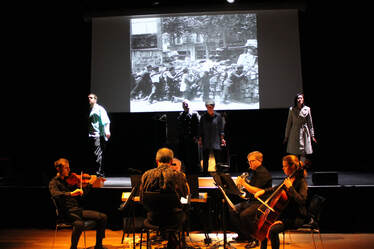The Duchess of Padua (2024)
Broadway World ⭐️⭐️⭐️⭐️ "Packed full with stunning music... Lambert’s music is spot on"
Bachtrack "... an ode to the human voice… the melodrama was delicious and ...this is a slick and stylised production.”
The Reviews Hub ⭐️⭐️⭐️⭐️ "For passionate opera fans, having something so new should come as a welcome joy… "
Newbury Weekly News " ... a modern triumph, rich with allusions to mainstream opera, layered with meaning and gripping throughout."
Bachtrack "... an ode to the human voice… the melodrama was delicious and ...this is a slick and stylised production.”
The Reviews Hub ⭐️⭐️⭐️⭐️ "For passionate opera fans, having something so new should come as a welcome joy… "
Newbury Weekly News " ... a modern triumph, rich with allusions to mainstream opera, layered with meaning and gripping throughout."
|
The Space Theatre
London E14 3RS 20 - 25 February 2024 The Georgian Theatre Royal Richmond (Yorks) DL10 4DW Sat 2 March The Anthony Burgess Foundation Manchester M1 5BY Sun 3 March The Croft Hall, Hungerford RG17 0HY Sun 10 March The Music Troupe is a registered charity no. 1161386
Generously supported by
read about the opera on The Arts Dispatch
https://www.theartsdispatch.com/edward-lambert-on-the-duchess-of-padua/ |
Music: Edward Lambert
Words: Oscar Wilde Director: Fleur Snow Design: Melissa Sofoian Model maker: Yun Geng Lighting: Jonny Danciger Production manager: Tabitha Benton-Evans Ellie Neate (soprano) The Duchess Anna Elizabeth Cooper (mezzo-soprano) Guido Ferranti James Beddoe (tenor) The Duke Henry Grant Kerswell (bass) Count Moranzone Piano duo: Adrian Salinero & Alex Norton "We are each our own devil, and we make this world our hell." Oscar Wilde's epic tragedy of revenge, passion and murder has been turned into a compact opera which now receives its first performances.. An avenging young man falls for the browbeaten duchess and casts them both into danger. At times melodramatic, at times sentimental, with everything in between, this adaptation of Wilde's beautiful verse faithfully follows the twists and turns of the drama's extraordinary plot - and reveals it to be more modern than it seems. There has been no known production of the play between 1891 and 2010 (Wikipedia), and so the best of Wilde's eloquent and touching text is, for the duration of these performances, rescued from oblivion. With arias, ensembles, a love-duet and a death scene, a quartet of fine voices accompanied by a virtuoso piano duo brings to life this ‘Italian-style’ opera for intimate spaces. The performance lasts about 1'45" including interval |
Review in the Journal of The Oscar Wilde Society, July 2024 "Among the ensemble, Ellie Neate shines with a mesmerizing performance, infusing the Duchess with an almost feminist world-weariness and delicate vulnerability. She skilfully guides us through the character’s intricate emotional journey, her vocals captivating with clarity and emotive resonance, beautifully complementing the commanding mezzo-soprano of Anna Elizabeth Cooper. Cooper expertly navigates the intricate and emotionally charged role, infusing it with depth and maturity. Henry Grant Kerswell’s imposing presence and resonant bass lend gravitas to the portrayal of Count Moranzone, expressing a man consumed by vengeance. Meanwhile, James Beddoe infuses the Duke of Padua with a perilous charm, adeptly manoeuvring through the sometimes complex music. Accompanied solely by pianists Alex Norton and Adrian Salinero, each member of the quartet undertakes formidable vocal challenges, executing unexpected tempo changes, fluid phrasing and fierce leaps in register. Under the musical direction of Lambert himself, director Fleur Snow’s staging, complemented by the minimalist props and set design by Melissa Sofoian, delivers a focused and compelling presentation. The converted church venue at The Space, renowned for its superb acoustics, serves as an ideal gothic backdrop. The set design features projections of pointed stone arches in the early scenes, alongside fragmented marble visages of the preceding three duchesses adorning the dinner table, each labelled with name tags. Despite its simplicity, the direction effectively utilizes the venue’s spatial constraints. The incorporation of still images and occasional video projections, coupled with Jonny Danciger’s adept lighting, enhances the overall ambiance... The performance by The Music Troupe at The Space Theatre seamlessly intertwined Lambert’s gothic-inspired melodies and captivating performances, offering the audience an enchanting musical journey. The fusion of vocal mastery and piano accompaniment created an enchanting atmosphere, enhanced by meticulous staging and innovative use of space."
The Duchess of Padua is an early play by Wilde written in Paris in 1883. A drama of revenge, passion and murder in the Gothic style which was then in vogue, it is related to Shakespearean and Jacobean tragedy as well as 19th century antecedents such as Shelley’s I Cenci or Hugo's Lucrezia Borgia (which had been transformed into a bel canto opera by Donizetti). "Personally I like comedy to be intensely modern, and like my tragedy…. to be remote", Wilde wrote in 1894. The Duchess of Padua was an attempt to bring to the stage the sensi-bilities of the aesthetic movement: the beauty of the dialogue seems to matter more than the realistic portrayal of character and the credibility of the drama. Even so, the Duchess herself is a fully drawn Victorian contemporary, a feisty feminist trapped in a failed marriage to the cruel Duke and who has the misfortune to fall for a high-minded house-guest. The text astutely depicts the dilemmas surrounding their doomed courtship and reflects Wilde's eventual rejection of conventional morality: beyond the elevated blank verse are indeed modern ideas “under an antique form.”
This adaptation of The Duchess of Padua turns the play into a four-act ‘Italian-style’ opera (with arias, ensembles, a love duet and a death scene) for four voices accompanied by piano duet.
Resumé
Some twenty years ago the noble Duke Lorenzo rose up against the dictator Malatesta of Rimini. He had made a pact with his friend the Duke of Padua who subsequently betrayed him in exchange for territory. Lorenzo was executed and his wife died giving birth to a child. Count Moranzone took the baby to be brought up by a serving family in Perugia…
Synopsis
(Act One) By the cathedral of Padua at noon Count Moranzone tells young Guido Ferranti, recently arrived in Padua, that his noble father was betrayed and then executed by the Duke of Padua. To exact revenge, Guido must first serve and befriend the Duke and then, with his father's own dagger, kill him when Moranzone decides the time is ripe. The Duke appears - apparently as evil as he ever was - and Guido is accepted as a member of his household. Guido prays for courage but, as courtiers leave the cathedral, he catches sight of the beautiful Duchess.
(Act Two) In his palace, the Duke is revealed as a cruel husband to the Duchess who muses on the subjugation of women. Guido declares his love for her. She returns his feelings and they sing a tender duet. Moranzone appears with the dagger and reminds Guido of his duty to avenge his father. Feeling himself unworthy of the Duchess' love, Guido abandons her and resolves to murder the Duke that night. As her thoughts turn from anger to self-destruction, the Duchess blames Moranzone for breaking their relationship.
(Act Three) During a stormy night, Guido announces he’ll not commit murder but instead will serve a warning on the sleeping Duke to change his ways. Moranzone is not impressed by this noble scheme. Lying awake, the Duchess, meanwhile, considers her options. As Guido finally approaches the Duke’s bedchamber, the Duchess comes out of it: on the point of killing herself she has instead stabbed the Duke to death. Guido is horrified that the woman he idolised is capable of such a thing and casts her off a second time. Beside herself with rage, the Duchess frames Guido for the murder.
(Act Four) Incarcerated in a dreadful dungeon, Guido is provided with poison in preference to dying on the scaffold. He sleeps. The Duchess visits him; to ease her conscience and save the man she truly loves, she has arranged for his escape. Believing he no longer loves her, she drinks the poison to die in his place but, on waking, he confesses his love and refuses to leave her. As the executioners approach at dawn, he takes the Duchess’ dagger and dies in her arms. She succumbs to the poison while Moranzone draws a wry conclusion to the tale (from The Ballad of Reading Gaol).
Composer's notes
As a composer specialising nowadays in small-scale operas, I’m fond of the Italian bel canto style in which the focus of the music is the voice with its remarkable beauty and agility. Back in 2019, in search of a traditional drama with an Italian flavour which might be accessible to audiences in all sorts of venues, I came across Oscar Wilde’s play The Duchess of Padua written in 1883 when he was still in his twenties and leading the fashionable 'Aesthetic' movement. I quickly saw that the text was very beautiful indeed, as one might expect, yet, in addition, its emotional intensity seemed over the top for spoken drama but all the more suited to a drama in song.
The play was written for Mary Anderson, an actor, who subsequently turned it down. Wilde regarded the work highly at first, though after the success of his later comedies he seems to have changed his mind. It was performed in New York in 1891, but thereafter suffered almost total neglect, a fact that was encouraging since I wouldn’t have wanted to tamper with a favourite masterpiece. (In fact, a grand opera by Jane van Etten based on the play was performed in Chicago in 1914). I omitted the minor parts and crowd scenes, so reducing the cast to the 4 principal characters. I judged the result to be a less epic, therefore a more personal drama, one which would also be comparatively economical to produce.
By way of compensation, I used some of Wilde’s stage directions in the body of the text to be expressed by the cast; thus, the singers are on stage throughout doubling as narrators, commenting on the action and describing the scene, like a Greek chorus, while also acting out their roles. Our production will therefore be highly stylised. I called my work a 'parlour opera' and chose as accompaniment a piano duet, a favoured means of Victorian domestic entertainment.
Wilde's text, in blank verse, is highly polished and eloquent. It revels in the beauty of language for its own sake and is intrinsically musical. It’s easy to see how, by using this mannered style to comic effect, Wilde arrived at the wit of his later plays. Here’s the cruel Duke greeting young Guido, who’s come to Padua to seek revenge for his father’s execution:
In Padua we think that honesty is ostentatious, so
It is not of the fashion. Guido, be not honest.
See thou hast enemies, else will the world think little of thee:
It is its test of power.
The Aesthetic movement drove the world of contemporary fashion. Wilde became for a time the successful editor of The Woman’s World. His mother was also a poet and an advocate for women’s equality. With his artistic sensibilities and her influence, a strong feminist tone surfaces in the character of the Duchess. Just before the play was written, the Married Women’s Property Act was passed which allowed a wife to hold property in her own right for the first time. But there must have been many a Victorian woman trapped in a loveless marriage for whom this first step in female emancipation came too late:
Men when they woo us call us pretty children:
We are their chattels, and their common slaves,
Less dear than the hound that licks their hand,
Less fondled than the hawk upon their wrist.
Woo, did I say? bought rather, sold and bartered,
Our bodies as merchandise.
Although purporting to be set in renaissance Italy, Wilde's text presents a window into the vast inequalities in contemporary Victorian society:
There is many a woman here in Padua,
Some workman’s wife, or artisan’s,
Whose husband spends his wages in a revel,
And reeling home late, finds his wife by a fireless hearth
with a child who cries for hunger,
And then beats his wife because
The child is hungry, and the fire black.
So the Duchess falls for Guido - but does he really love her? Guido's response is somewhat over-sweet and betrays Symbolist influences, fashionable at that time in Paris:
Ask of the sea-bird if it loves the sea,
Ask of the roses if they love the rain,
Ask of the little lark, that will not sing
Till day break, if it loves to see the day:--
These are but empty images, shadows of my love,
which is a fire so great that all the waters of the main
Can not avail to quench it.
Guido is both idealistic and chauvinistic and lacks the courage to kill the Duke:
It is woman’s mission by their love to save the souls of men:
and loving her, my Lady, I see a nobler vengeance
In letting this man live, than doth reside in bloody deeds.
…so our Duchess kills the Duke instead. The depiction of an aristocratic wife killing her husband would have appalled Victorian society, or at least the male contingent thereof, just as Guido himself is outraged. This may help to explain the play's lack of appeal to theatrical impresarios at the time. This murder, however, is eclipsed by a semi-naked, degenerate teenage girl kissing the severed head of John the Baptist in Wilde's next play, Salomé, written in French in 1891, made into a German opera in 1905, but not publicly produced in censorious England until 1931. Wilde's quest for Beauty evidently went arm in arm with Gothic horror - perpetrated by females.
The Cult of Beauty was the title of an exhibition at the Victoria & Albert Museum in 2011 which in many ways provided the catalyst for the series of small-scale operas that I subsequently embarked on. For what, in music, is more beautiful than the singing voice? Could I not write music which would adapt some of those procedures from opera's Golden Age and show off the remarkable abilities of classically trained singers? Yet suspicion falls on any artist nowadays who strives after beauty for its own sake. Music, we seem to be told, must have an educational or social purpose in order to be relevant and inclusive:
Such music! It should be merrier;
but grief is of the fashion now.
Similar establishment tyrannies and conventions existed for artists in Victorian England. Casting off those restraints and seeking inspiration from the past, Wilde and others stood for the maxim 'Art for Art's sake'. Aesthetes like him deplored ugliness, utilitarianism and vain originality, being convinced that arts and crafts need only to enhance life through their beauty. They included Dante Gabriel Rossetti, William Morris, Edward Burne-Jones, Christina Rossetti and James MacNeill Whistler (a close friend of Wilde's for a time). They differed, of course, in their vision of what beauty was or how it was to be achieved. The danger point approached - and Wilde crossed it - when they argued that morality and convention should not, in addition, constrain life's experiences. The rest, as they say, is history.
We are each our own devil and we make this world our hell.
Have I not stood face to face with beauty?
That is enough for one man’s life.
Whistler: Symphony in White
Edward Lambert interviewed on The Arts Dispatch
- When did you first become aware of The Duchess of Padua and what was it about the work that drew you to adapting it for chamber opera?
- What can you tell us about the story Wilde’s play tells?
- How did you approach devising the adaptation?
- Has the work changed from your original vision for it?
- How does it feel to be opening the opera at The Space Theatre before touring the show?
- Is there anything you hope audiences take away from the show?
Cast & creatives for the first performances 2024
production images: Claire Shovelton
Your browser does not support viewing this document. Click here to download the document.

